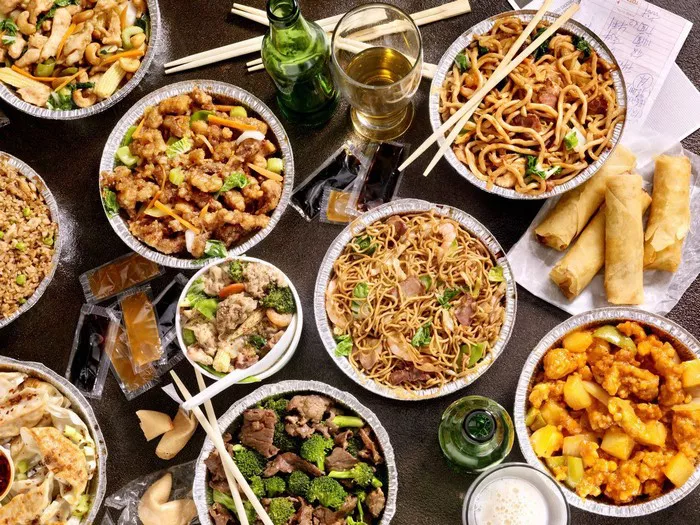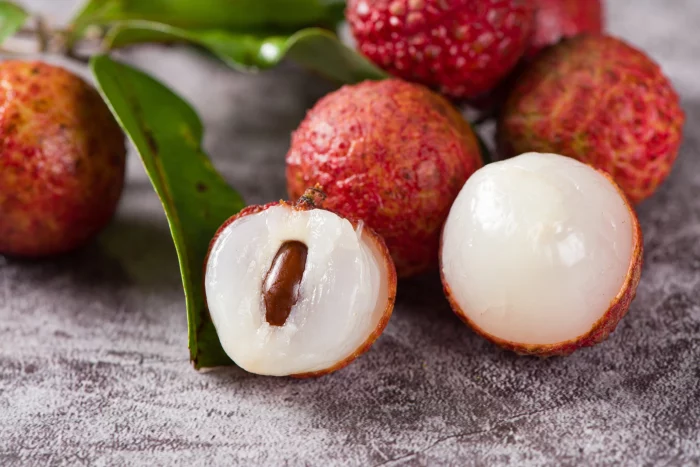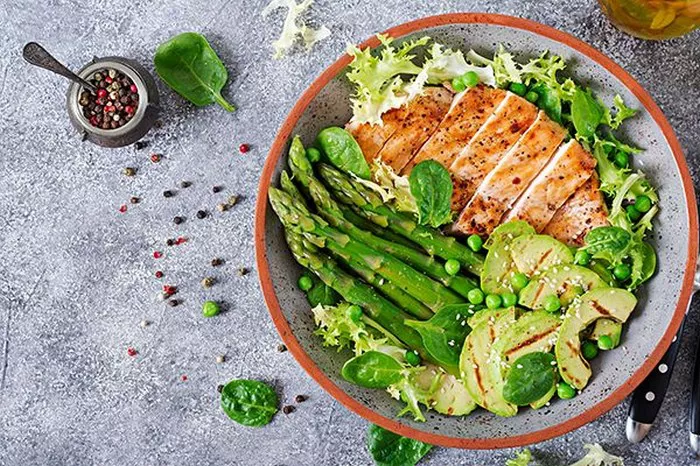China, a vast and culturally rich country, is renowned for its vibrant culinary traditions. From the aromatic flavors of Sichuan cuisine to the delicate artistry of Cantonese cooking, Chinese cuisine has captivated food enthusiasts worldwide. As we delve into the culinary landscape of this diverse nation, let us explore the question: What is China’s national dish?
The Melting Pot of Chinese Cuisine
To pinpoint a single national dish for China is a challenging task. The country’s culinary heritage is deeply rooted in its regional diversity, with each province boasting its own distinct flavors, ingredients, and cooking techniques. China’s culinary landscape can be likened to a vibrant tapestry, woven together by the threads of various regional cuisines.
The Dumpling
Among the multitude of iconic Chinese dishes, the humble dumpling, or “jiaozi,” often emerges as a symbol of unity among the Chinese people. Dumplings are popular throughout the country, and their significance goes beyond their delectable taste.
These bite-sized delights are typically filled with a mixture of minced meat, vegetables, and aromatic spices, then wrapped in a thin layer of dough. They are often served during special occasions, such as Chinese New Year, symbolizing good luck, wealth, and family togetherness. The act of making dumplings together is a cherished tradition, fostering a sense of community and harmony.
While dumplings are beloved nationwide, other dishes have gained prominence due to their historical and cultural significance in specific regions of China.
Peking Duck
Hailing from the northern city of Beijing, Peking duck is a dish that has become an emblem of Chinese cuisine. With its origins dating back to the imperial era, Peking duck has a long-standing place in Chinese culinary history.
The dish features a whole roasted duck, characterized by its crisp and glistening reddish-brown skin, served with thin pancakes, scallions, cucumbers, and a tangy hoisin sauce. The succulent meat, encased in the flavorful skin, is a testament to the expertise required to prepare this iconic dish.
Peking duck’s popularity has transcended borders, making it a sought-after delicacy in Chinese restaurants around the world. Its cultural significance and unique preparation techniques contribute to its status as a culinary treasure of northern China.
Cantonese Dim Sum
In the southern province of Guangdong, Cantonese cuisine reigns supreme. Dim sum, a quintessential Cantonese culinary tradition, offers a tantalizing assortment of small, bite-sized dishes. These delectable treats, ranging from steamed dumplings to delicate pastries, showcase the skill and artistry of Cantonese chefs.
Dim sum is commonly enjoyed as a leisurely brunch or lunch affair, with friends and family gathering around tables adorned with bamboo steamers. Diners can relish an array of flavors and textures, from the delicate wrappers of har gow (shrimp dumplings) to the rich fillings of siu mai (pork dumplings). This culinary tradition represents the essence of Cantonese cuisine, emphasizing the importance of fresh ingredients and meticulous cooking techniques.
Sichuan Cuisine
Sichuan cuisine, hailing from the southwestern province of Sichuan, is known for its bold and spicy flavors. The use of Sichuan peppercorns and fiery chili peppers creates a distinctive numbing and spicy sensation known as “málà,” which characterizes this cuisine.
One of the most famous dishes from Sichuan is Mapo Tofu, a fiery and flavorful combination of soft tofu, ground pork, chili bean paste, and Sichuan peppercorns. This dish exemplifies the complex layers of flavors and the balance between spice and numbing sensations that are synonymous with Sichuan cuisine.
The unique taste profiles and culinary techniques of Sichuan cuisine have gained worldwide recognition, with restaurants dedicated to this regional specialty popping up in various countries.
Shanghai’s Xiao Long Bao
Shanghai, an international metropolis known for its modernity, is home to the iconic xiao long bao, or soup dumplings. These delicate dumplings encapsulate a burst of savory broth within their thin, pleated wrappers, creating a culinary experience like no other.
Xiao long bao is meticulously crafted, requiring a delicate balance of ingredients and careful steaming to achieve the perfect texture and flavorful filling. These little gems are often served with a side of ginger and vinegar, enhancing the overall taste experience.
The Influence of Chinese Cuisine Globally
Chinese cuisine’s influence has spread far beyond the borders of China, reaching every corner of the globe. With the Chinese diaspora and the popularity of Chinese restaurants worldwide, dishes like General Tso’s Chicken, Sweet and Sour Pork, and Kung Pao Chicken have become household names, albeit with adaptations to suit local palates.
These internationally recognized dishes, often referred to as “Westernized Chinese food,” reflect the adaptability of Chinese cuisine and its ability to cater to diverse tastes. While they may differ from their traditional counterparts, they serve as a gateway to the vast and diverse world of Chinese culinary traditions.
Preserving Culinary Heritage
Preserving China’s culinary heritage is of utmost importance to the nation. In recent years, there has been a concerted effort to safeguard and promote traditional Chinese dishes, ensuring their survival for future generations.
The Chinese government has designated certain dishes as Intangible Cultural Heritage, acknowledging their cultural significance and the need to protect their authenticity. This recognition serves as a catalyst for preserving ancient cooking techniques, traditional ingredients, and time-honored recipes.
Additionally, renowned chefs, culinary institutions, and food enthusiasts are actively engaged in documenting, researching, and promoting Chinese cuisine. Through cookbooks, cooking shows, and culinary workshops, they aim to educate and inspire both Chinese and international audiences about the richness and diversity of Chinese culinary traditions.
Evolving Chinese Culinary Trends
As China undergoes rapid modernization and urbanization, the culinary landscape is also experiencing transformations. Traditional recipes and cooking techniques are being reimagined and fused with contemporary influences, leading to the emergence of modern Chinese cuisine.
In metropolitan areas, innovative chefs are pushing the boundaries of tradition, incorporating global ingredients and experimenting with presentation and flavor combinations. This fusion of traditional and modern elements creates a dynamic and evolving culinary scene that reflects the changing tastes and preferences of Chinese consumers.
Furthermore, the rise of social media and digital platforms has allowed for the sharing of culinary experiences, recipes, and food trends at an unprecedented scale. Chinese food bloggers, influencers, and online communities play a crucial role in shaping culinary conversations and introducing new dishes to a wider audience.
The Future of Chinese Cuisine
Looking ahead, Chinese cuisine is poised to continue its global influence and captivate food enthusiasts worldwide. As China’s economic and cultural influence expands, so will the appreciation and demand for its diverse culinary traditions.
Preserving and promoting the authenticity of traditional Chinese dishes will remain a priority, ensuring that future generations can connect with their cultural heritage through food. Simultaneously, the exploration of modern techniques, global influences, and innovative approaches will drive the evolution of Chinese cuisine, keeping it relevant and dynamic in an ever-changing culinary landscape.
As the world becomes more interconnected, culinary exchanges and collaborations between China and other nations will likely increase. This exchange of ideas and techniques will contribute to the evolution of both Chinese cuisine and the global culinary scene, fostering a rich tapestry of flavors, traditions, and innovation.
Conclusion
In a country as vast and diverse as China, defining a single national dish is an intricate task. Chinese cuisine encompasses a multitude of regional specialties, each with its own unique flavors, ingredients, and cooking techniques. From the symbolism of dumplings to the imperial elegance of Peking duck, the artistry of Cantonese dim sum, the fiery delights of Sichuan cuisine, and the soup-filled treasures of Shanghai, China’s culinary kaleidoscope offers a magnificent array of tastes and experiences.
Rather than narrowing it down to one dish, it is the collective tapestry of regional cuisines that defines China’s culinary heritage. Exploring these culinary traditions not only tantalizes the taste buds but also provides a glimpse into the rich cultural fabric of this remarkable nation. So, embark on a culinary journey through China and savor the exquisite flavors that make its cuisine a true delight for the senses.





















